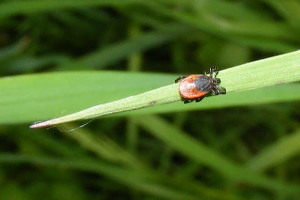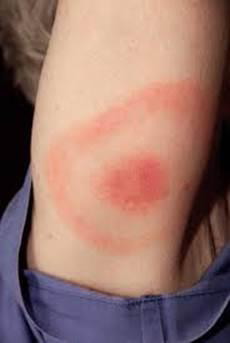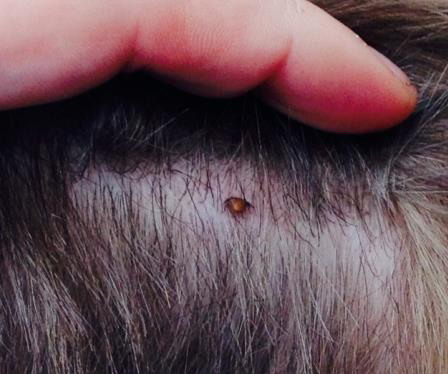Look out for Ticks
What are ticks and where can you find them?

Ticks are small, spider-like creatures that feed on the blood of animals, including people.
The size of a tick varies, depending on the stage of its life cycle, gender, species and whether it has fed recently. Nymphs are about the size of a poppy seed, while adult ticks look more like tiny spiders.
Ticks can survive in many places, but prefer moist areas with dense vegetation or long grass. The species of tick most frequently found on people is Ixodes ricinus, more commonly known as the sheep or deer tick. They are usually found in woodlands, grassland, moorland, heathland and some urban parks and gardens.

How do you come into contact with ticks?
Ticks don't jump or fly, but wait until an animal or person brushes past to climb on. They then bite to attach to the skin and start to feed on blood. It may take several days to complete their blood meal, before they drop off.
Ticks can be found throughout the year, but are most active between spring and autumn.
Main health risks

Expanding erythema migrans
rash with bull's-eye appearance
Ticks can transmit bacteria that cause diseases such as Lyme disease, which can lead to very serious conditions if left untreated. Symptoms of Lyme disease can include flu-like symptoms, fatigue, muscle and joint pain.
A characteristic expanding rash, called erythema migrans, is present in most but not all cases. You may not always remember being bitten by a tick, so if you have spent time outdoors and develop any of these symptoms, seek advice from your GP.
Lyme disease can be treated with a course of antibiotics. Without treatment, more serious conditions such as viral-like meningitis, facial palsy, nerve damage and arthritis can develop, so prevention and early detection are crucial.
Perform a tick check
 Make it a habit to carry out a tick check - an easy way to make sure you haven't picked up a tick when outdoors. You should perform a tick check regularly if you're outdoors for a longer period of time – just look over your clothes and body for any ticks to brush off.
Make it a habit to carry out a tick check - an easy way to make sure you haven't picked up a tick when outdoors. You should perform a tick check regularly if you're outdoors for a longer period of time – just look over your clothes and body for any ticks to brush off.
When you get home, carry out a more thorough check by removing your clothes and having a good look and feel for any ticks. Ticks prefer warm, moist places on your body, especially the groin area, waist, arm pits, behind the knee and along hair lines, so look out for anything as tiny as a freckle or a speck of dirt.
Young children are more commonly bitten on the head/scalp so they need to be carefully checked around the neck, behind the ears and along the hairline. Remember that you should check your pets and their bedding as well.
Tick bites may not hurt and you don't always notice you've been bitten, so make sure you thoroughly check yourself, your children and your pets.
Take simple steps to avoid coming into contact with ticks, such as:
- walking on clearly defined paths, to avoid brushing against vegetation
- avoiding dense vegetation
- wearing light-coloured clothing so ticks are easier to spot and brush off
- you can also use insect repellents such as DEET
If you have been bitten
Being tick aware by knowing what ticks look like, where they can be found, and practising prevention behaviours, such as a tick check, will help you to avoid tick bites. However, if you do get bitten, removing the tick quickly and correctly can help to reduce any potential risk:
 remove the tick as soon as possible
remove the tick as soon as possible
- the safest way to remove a tick is to use a pair of fine-tipped tweezers, or a tick removal tool
- grasp the tick as close to the skin as possible
- pull upwards slowly and firmly, as mouthparts left in the skin can cause a local infection
- once removed, apply antiseptic to the bite area, or wash with soap and water and keep an eye on it for several weeks for any changes
- contact your GP if you begin to feel unwell and remember to tell them you were bitten by a tick or have recently spent time outdoors
This article is based on Crown copyright material under the terms of the Open Government Licence.
Participants in these activities should be aware of and accept these risks and be responsible for their own actions.